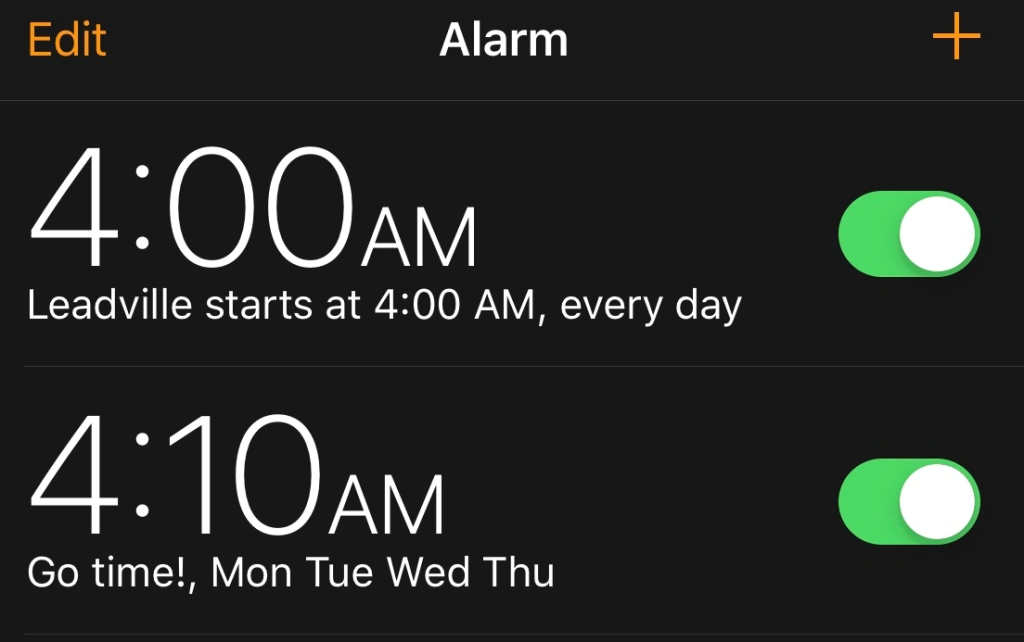This year I implemented a prioritization tool that has proven very useful. It is called the Eisenhower Matrix as it was either designed or made famous by US President Dwight Eisenhower.
The purpose of the matrix is to determine which tasks you will do yourself, delegate, schedule or eliminate from your responsibility set. This is done simply by putting items in one of four camps related to importance and urgency.
I’ve found three elements imperative in using this matrix:
- Communicate when items are urgent versus important, both when you request that somebody executes them and when something is asked of you.
- Limit the items in each box to no more than eight. This includes both professional and personal items.
- The items that are neither urgent nor important should be placed in the appropriate box only if their priority could be changed later when time frees up. When anything is moved into the bottom right box, inform stakeholders that you have no intention of executing that deliverable so they can reframe their expectations, demonstrate why it should be in a different box or look for another path to have the task handled.



